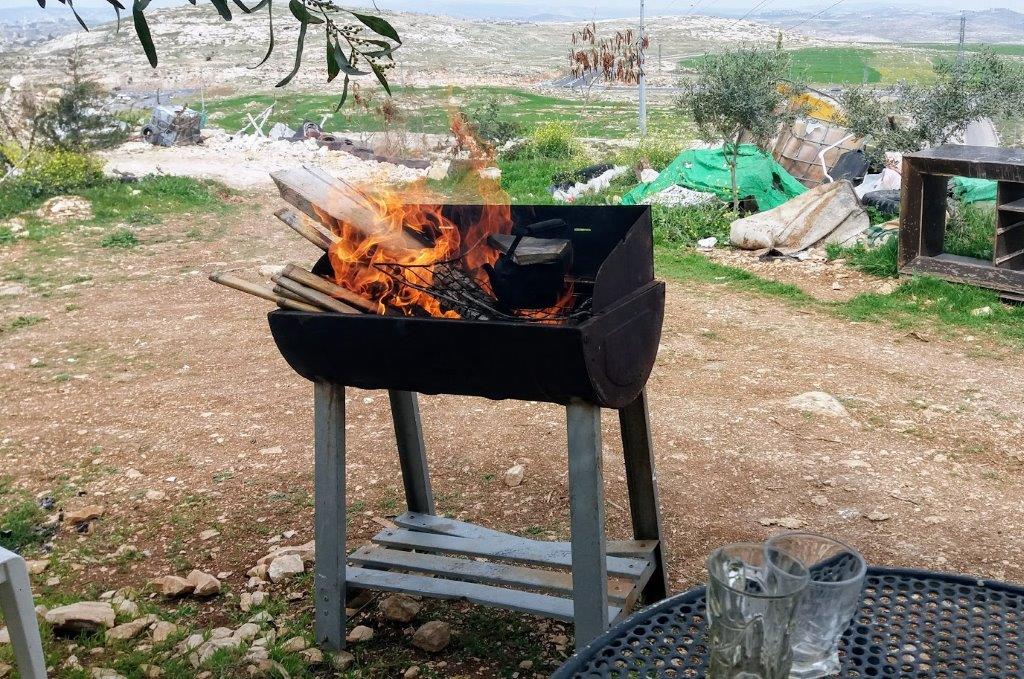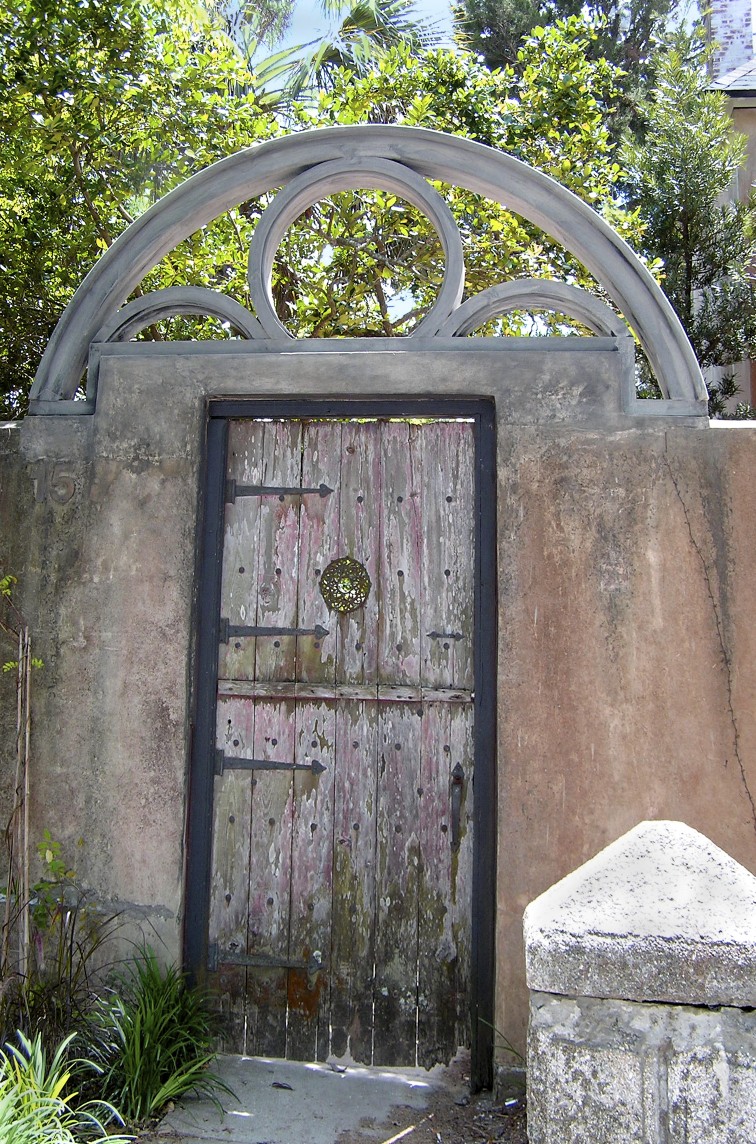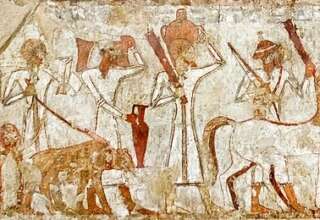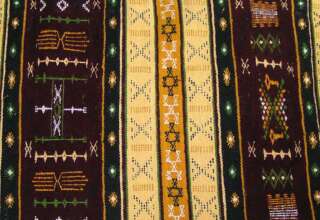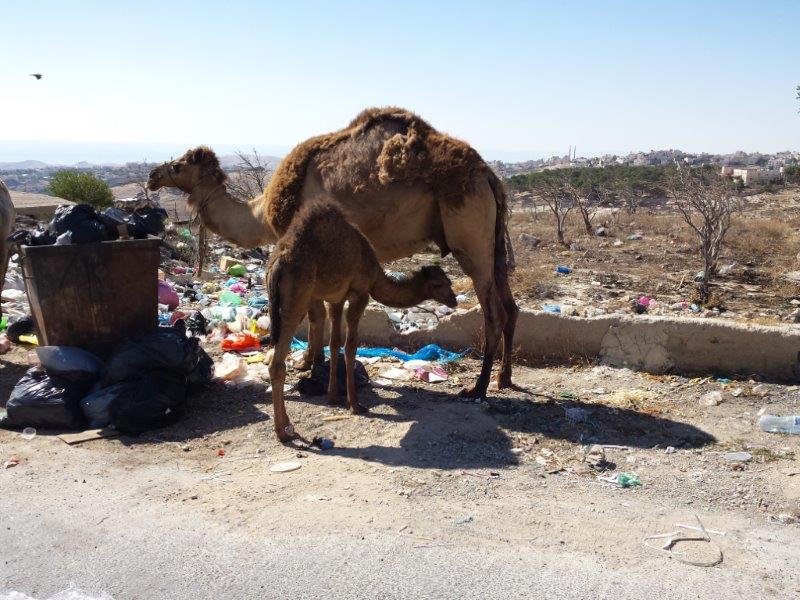
The Jahalin tribe
In the early 1950’s the Jahalin tribe (“jahal” the name in Arabic for a small child who does not know yet) was relocated from Tel Arad in Southern Israel to the West Bank, or more specific, to the Judean desert, near Jerusalem. This area is now part of the Palestinian Authority, partially under Israeli control and partially under joined Israeli-Palestinian control. Many of the Jahalin Bedouins integrated in Palestinian villages and towns (such as AlEizariya), while others are dispersed in over thirty communities, the smallest of less than 60 persons and the biggest of up to 250 (See ). Their total number is estimated to be around 22,000 (Bashar Abu Sahra, personal communication, March 14, 2009).
After moving to the Jerusalem area, they initially continued to live in tents and tin buildings, but more and more Bedouins started to build houses. Therefore, it is possible to see next to each other villas and tents. Though mostly the conditions of living are relatively primitive, many adult men have cellular phones, many families have television, and some even have internet. They originally lived from farming, and raising sheep and goats, but during the years, many switched to other kinds of work.
A major reason for this change in way of living was the establishment of the Ma’ale Adummim settlement, which was founded in 1975 and expanded vastly since 1982 (Shalev, 2009). For the building of this major Israeli settlement some Bedouins were once more evacuated (and compensated so they could build houses) and others were limited in their mobility because of the separation wall. Throughout the last decades, the Israeli authorities have created several building plans for the area (named E-1) between Jerusalem and Ma’ale Adummim. Over two thousand of the Jahalin Bedouins remain in danger of being evacuated in order to make room for the realization of these plans (Shalev, 2009; Amnesty International, 2012; United Nations, 2011a) (See ). There have been several court cases between the Jahalin Bedouins, supported by human rights organizations, and Israeli authorities in order to prevent their evacuation and demolition of their property. In recent years, one of the Jahalin primary schools has drawn international attention as result of the threats by Israeli authorities to demolish it (Amnesty International, 2010b; Greenberg, 2010; Hass, 2012; Pely, 2009).

